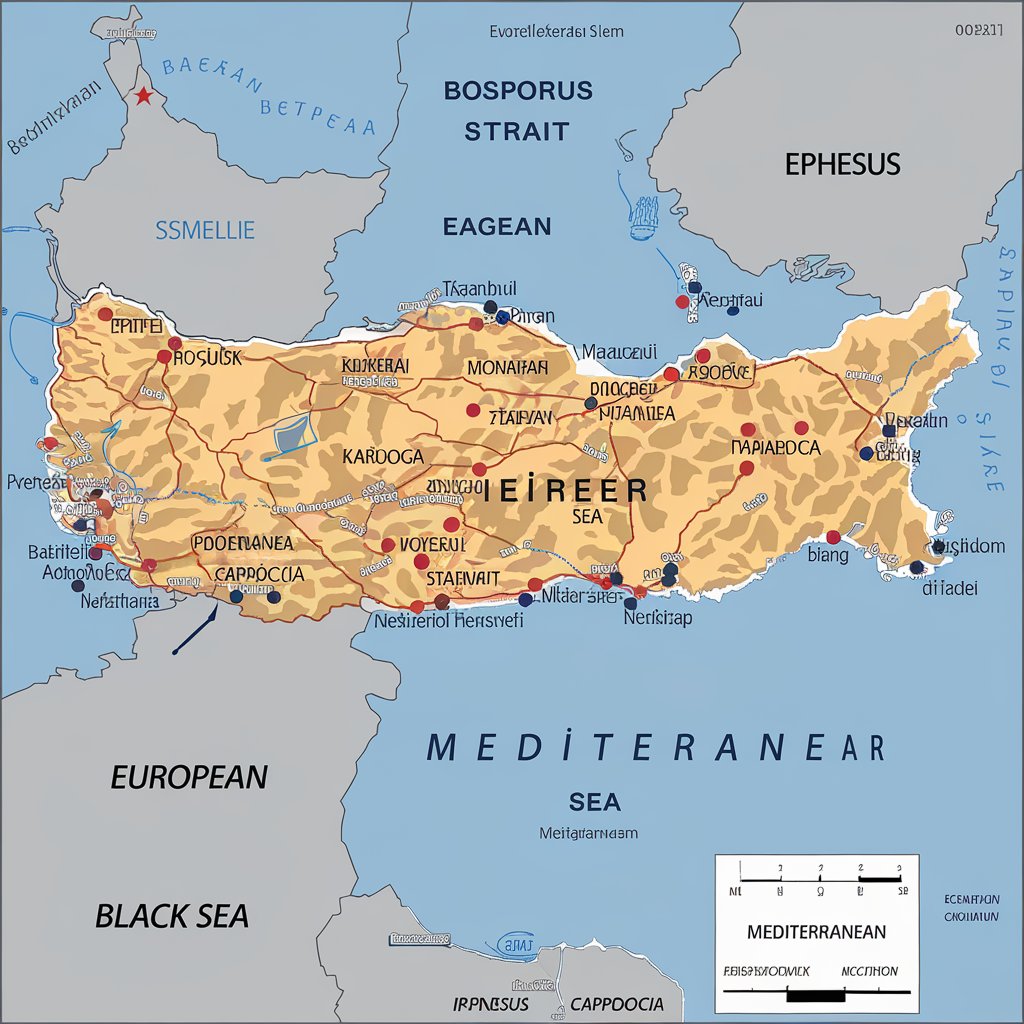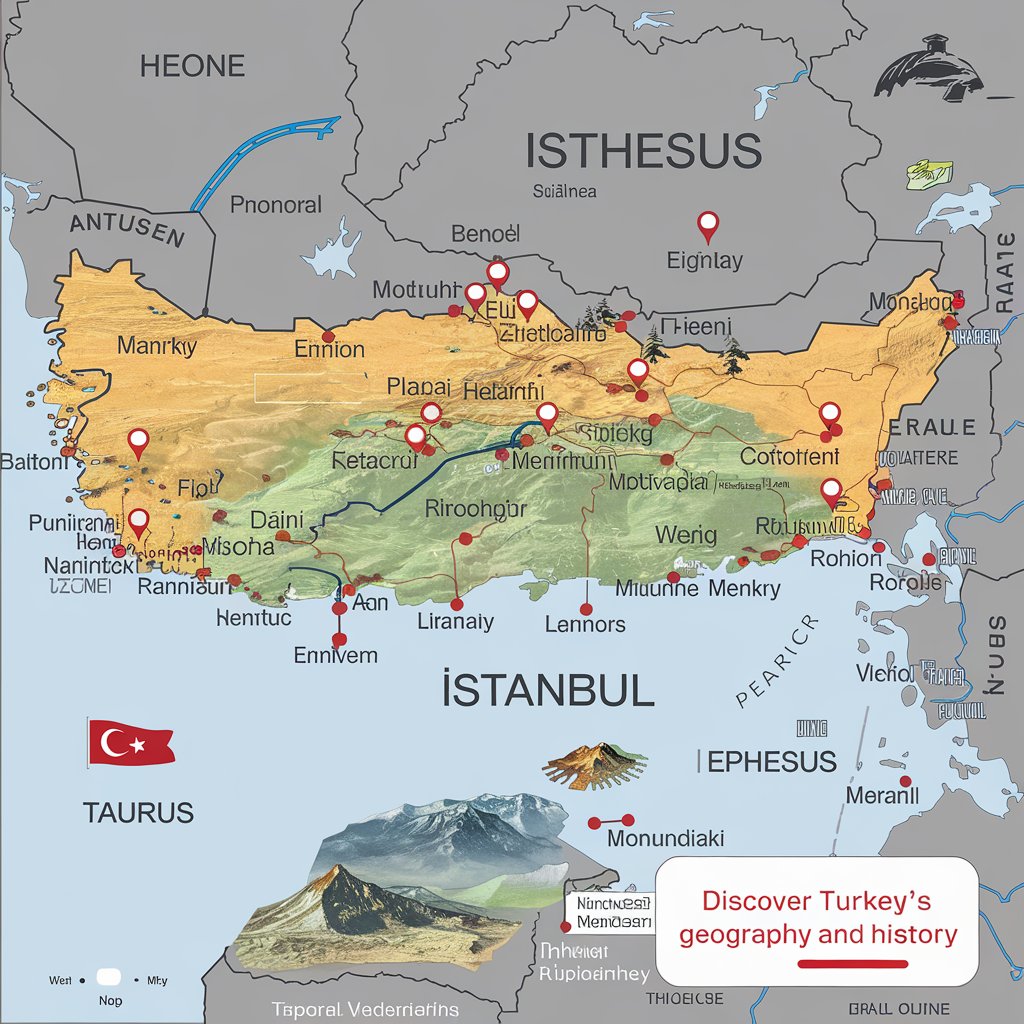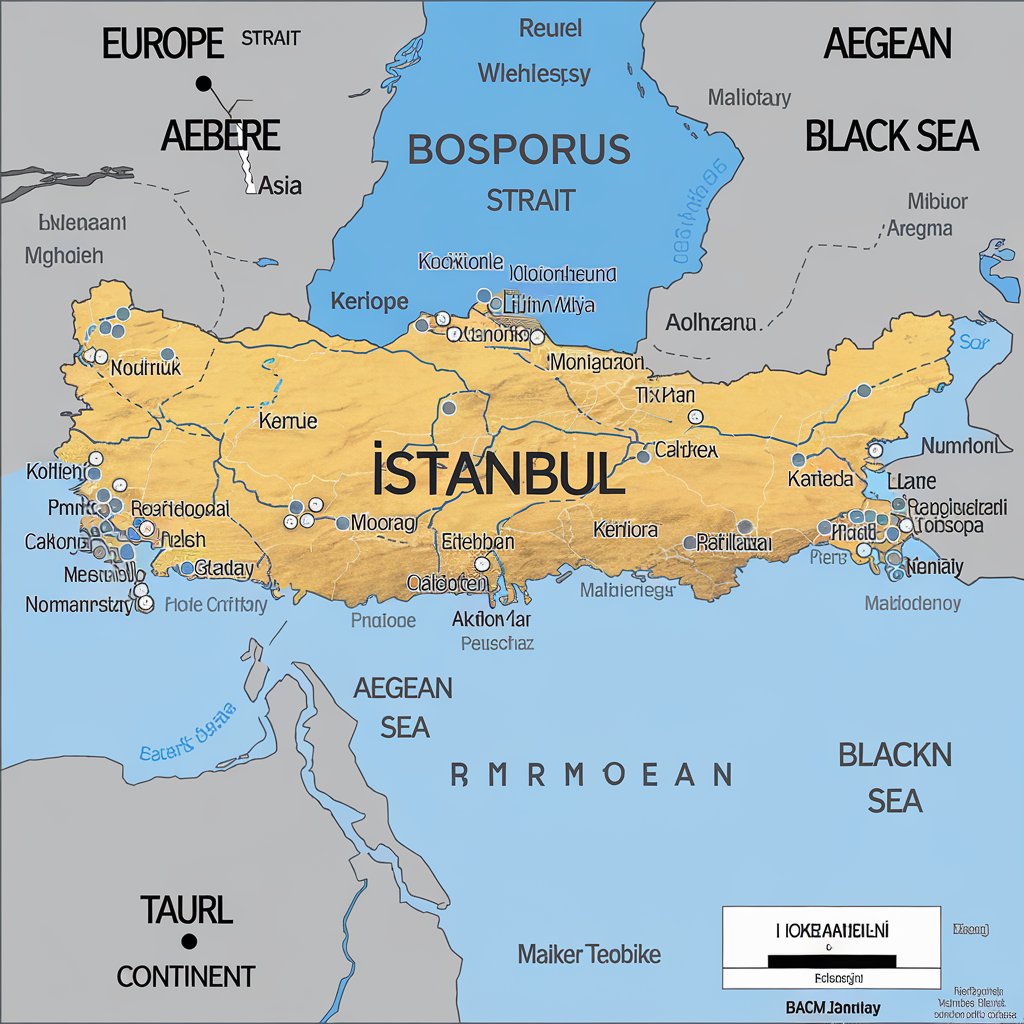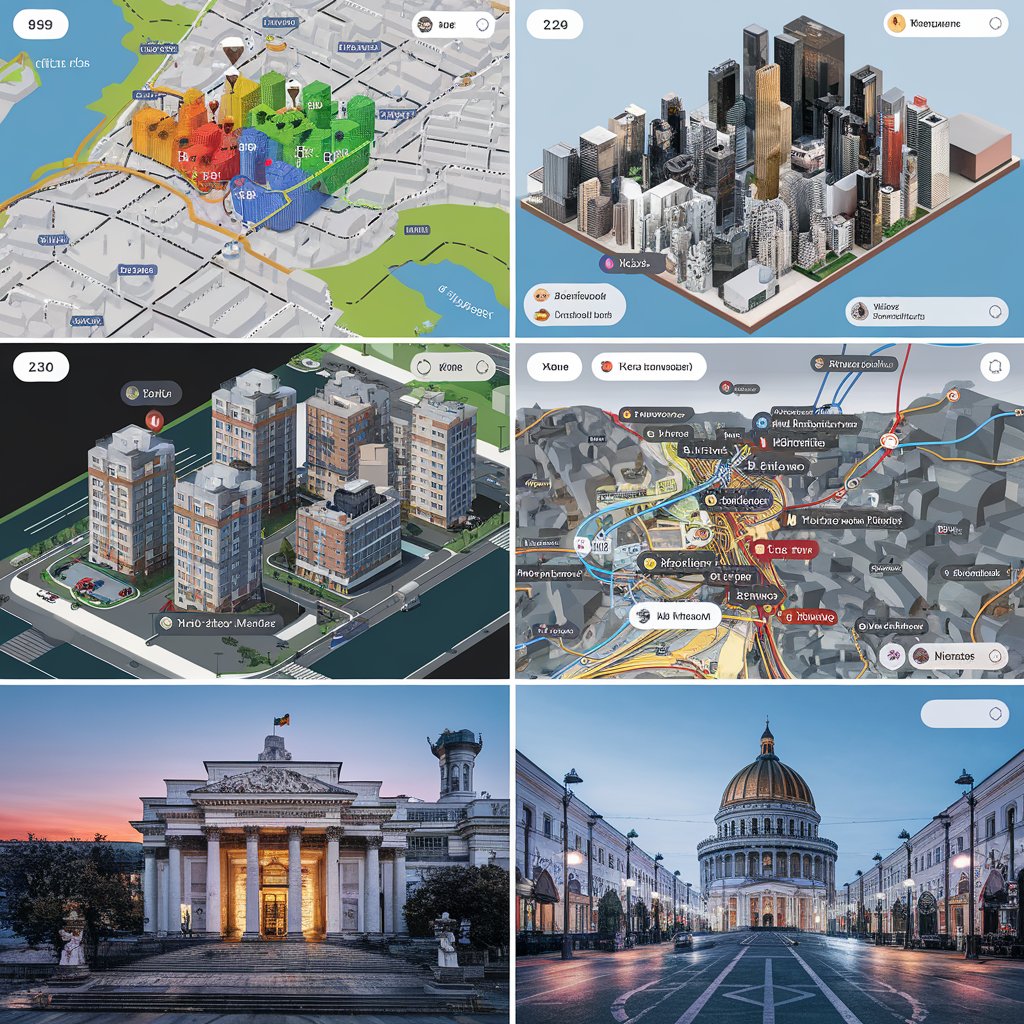The Turkey map is not just a simple outline; it’s a doorway to understanding one of the most fascinating countries in the world. Stretching between Europe and Asia, the map of Turkey tells a story of unique geography, rich history, and diverse cultures. From bustling cities like Istanbul to ancient sites like Ephesus, the map reveals how Turkey connects East and West.
Exploring the Turkey map helps us see how the country is surrounded by seas, borders many nations, and boasts beautiful mountains and plains. Whether you’re planning a trip or just curious about this incredible land, the Turkey map is a great place to start. Let’s dive deeper into what makes Turkey’s geography so special!
Importance of Understanding Turkey’s Geography
Understanding Turkey’s geography is essential for travelers and history enthusiasts. The Turkey map showcases how the country is located at the crossroads of Europe and Asia. This unique location has greatly influenced its culture, history, and trade routes. By studying the Turkey map, you can better understand Turkey’s vast landscape, from its beautiful coastal regions to its mountainous interior.
Turkey has a mix of diverse regions, each offering something different. From lush green areas to dry plateaus, the map reveals Turkey’s rich geography. Knowing these regions can help travelers explore places like Istanbul, Cappadocia, and the Aegean coastline with ease. A Turkey map helps you visualize the country’s unique connection between East and West.
Key Regions of Turkey and What They Offer

Turkey is divided into seven main regions. Each of these regions has its own unique attractions and characteristics. The Marmara Region is home to Istanbul, the country’s largest city, and is known for its historical sites like the Hagia Sophia. The Aegean Region features beautiful beaches and ancient ruins, making it a popular destination for tourists.
Regions of Turkey
- Marmara Region: This region includes Istanbul, Turkey’s cultural and economic hub.
- Aegean Region: Known for its stunning beaches and ancient cities like Ephesus.
- Black Sea Region: Famous for lush forests, mountains, and charming villages.
- Central Anatolia: Home to unique landscapes like Cappadocia and historical sites like Hattusa.
Each region provides travelers with different experiences, whether it’s exploring ancient ruins, relaxing on the coast, or hiking through mountain ranges. A Turkey map helps you locate these regions and plan your journey accordingly.
Exploring Turkey’s Coastal Areas on the Turkey Map
The coastline of Turkey is one of its most beautiful features. The Mediterranean and Aegean Seas frame the southern and western coasts, offering stunning views and vibrant beaches. A Turkey map highlights these coastal areas, making it easier for travelers to plan beach vacations or boat trips.
Coastal Regions on the Turkey Map
- Mediterranean Coast: Known for its clear waters, sandy beaches, and resorts.
- Aegean Coast: Famous for ancient ruins and picturesque coastal towns.
- Black Sea Coast: Offers lush greenery, rivers, and scenic villages.
Whether you’re interested in relaxing by the sea or exploring ancient ruins near the coast, Turkey’s map helps you find the best spots to enjoy these stunning coastal regions.
Historical Sites and Their Locations on the Turkey Map

Turkey is rich in history, and the map helps highlight important historical sites. Places like Ephesus, Troy, and Göbekli Tepe are marked on the map, offering a glimpse into ancient civilizations. These sites attract history lovers from around the world.
Key Historical Sites
- Ephesus: A well-preserved ancient city in the Aegean region.
- Troy: The legendary city from Greek mythology, located in northwestern Turkey.
- Göbekli Tepe: One of the world’s oldest known temples, located in southeastern Turkey.
A Turkey map helps travelers locate these historical sites and better understand the country’s rich cultural heritage.
Conclusion
A Turkey map is a helpful tool for anyone who wants to explore this beautiful and historic country. Whether you’re planning a trip or simply curious about Turkey’s geography, the map shows you where important cities, regions, and historical sites are located. From the bustling city of Istanbul to the stunning landscapes of Cappadocia, the map helps you understand how Turkey connects Europe and Asia.
By looking at the Turkey map, you can learn about the country’s diverse regions, each with its own unique features. Whether you enjoy hiking through mountains, relaxing on sandy beaches, or exploring ancient ruins, there’s something for everyone in Turkey. So, grab a Turkey map and start your journey to discovering all the amazing things this country has to offer!
FAQs
Q: What are the main regions shown on the Turkey map?
A: The main regions on the Turkey map are Marmara, Aegean, Black Sea, Central Anatolia, Eastern Anatolia, Southeastern Anatolia, and Mediterranean.
Q: How does Turkey’s location affect its geography?
A: Turkey’s location between Europe and Asia influences its diverse landscapes, cultures, and history.
Q: What are some popular cities located on the Turkey map?
A: Istanbul, Ankara, Ephesus, and Cappadocia are popular cities marked on the Turkey ma
Q: What historical sites can be found on the Turkey map?
A: Historical sites like Troy, Ephesus, and Göbekli Tepe are located on the Turkey map.
Q: How can I use the Turkey map for travel planning?
A: The Turkey map helps travelers identify key regions, cities, and historical sites to plan their routes and explore the country.




